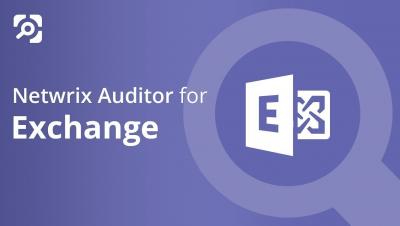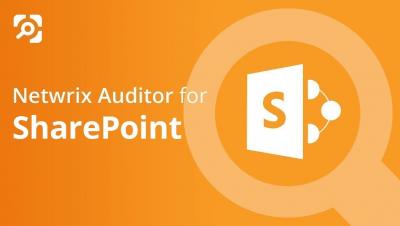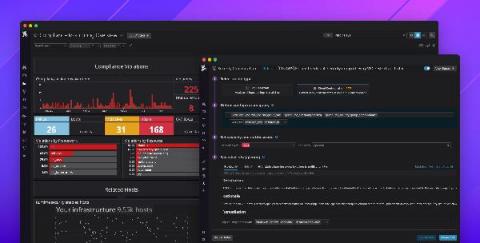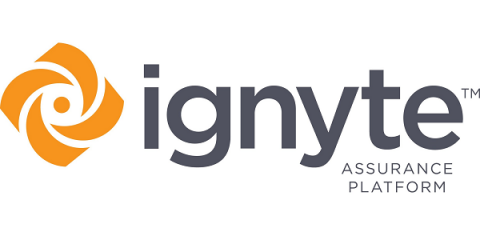Data Classification: What It Is and How to Implement It
Data classification is a vital component of any information security and compliance program, especially if your organization stores large volumes of data. It provides a solid foundation for your data security strategy by helping you understand where you store sensitive and regulated data, both on premises and in the cloud. Moreover, data classification improves user productivity and decision-making, and reduces storage and maintenance costs by enabling you to eliminate unneeded data.










